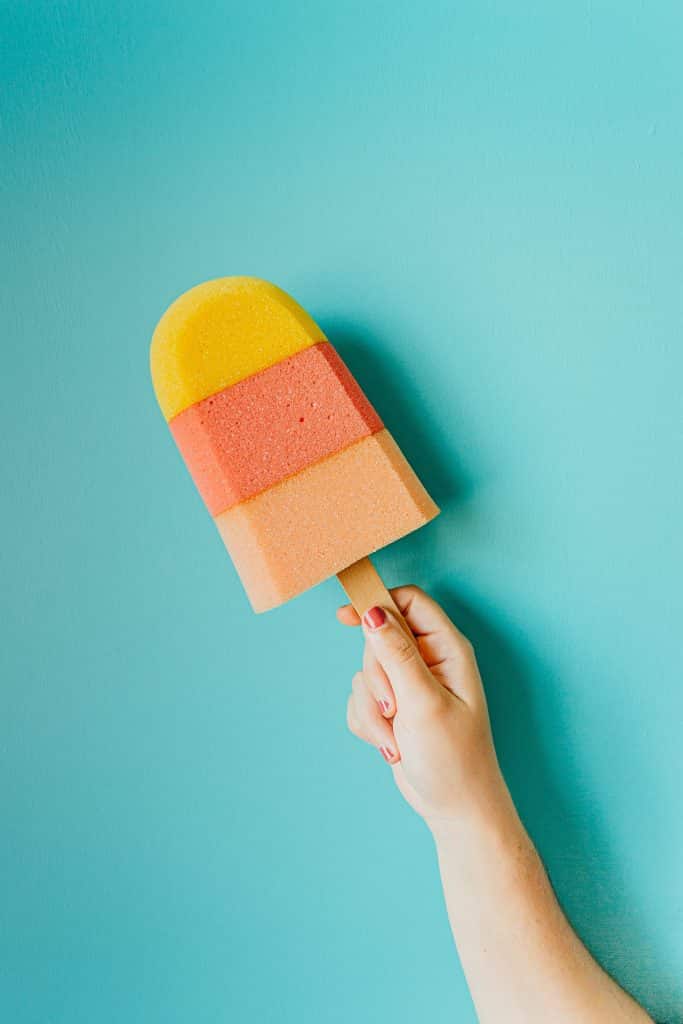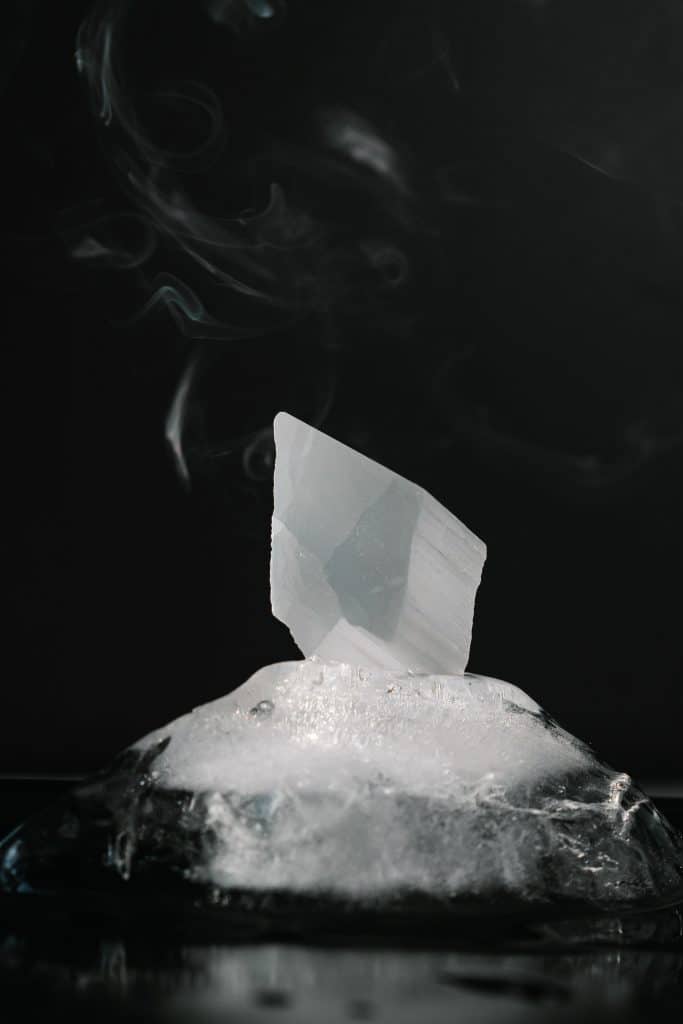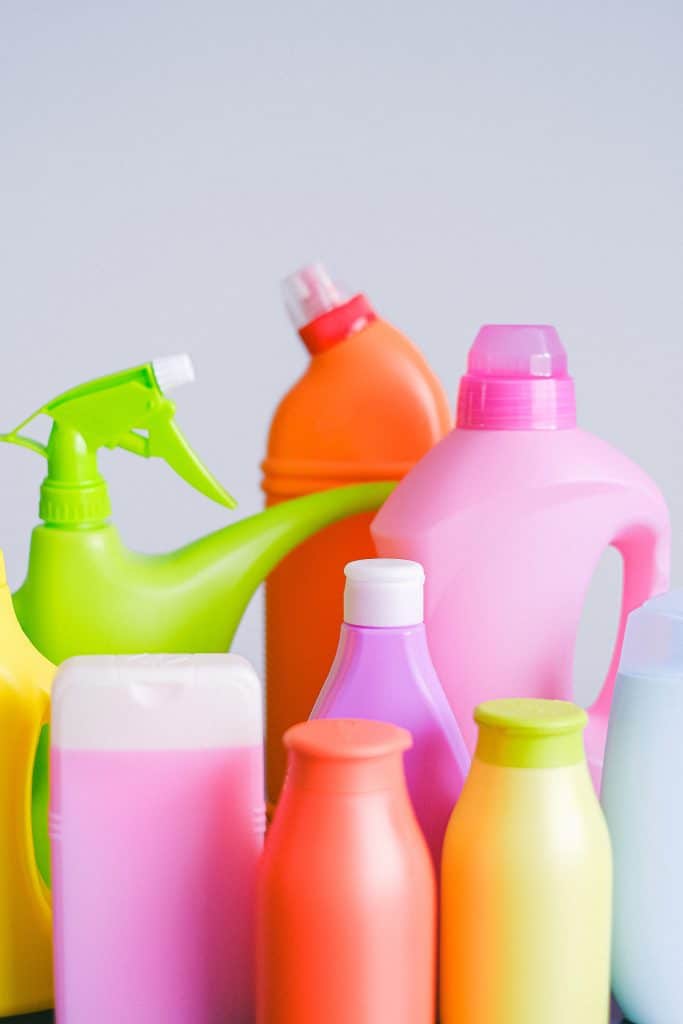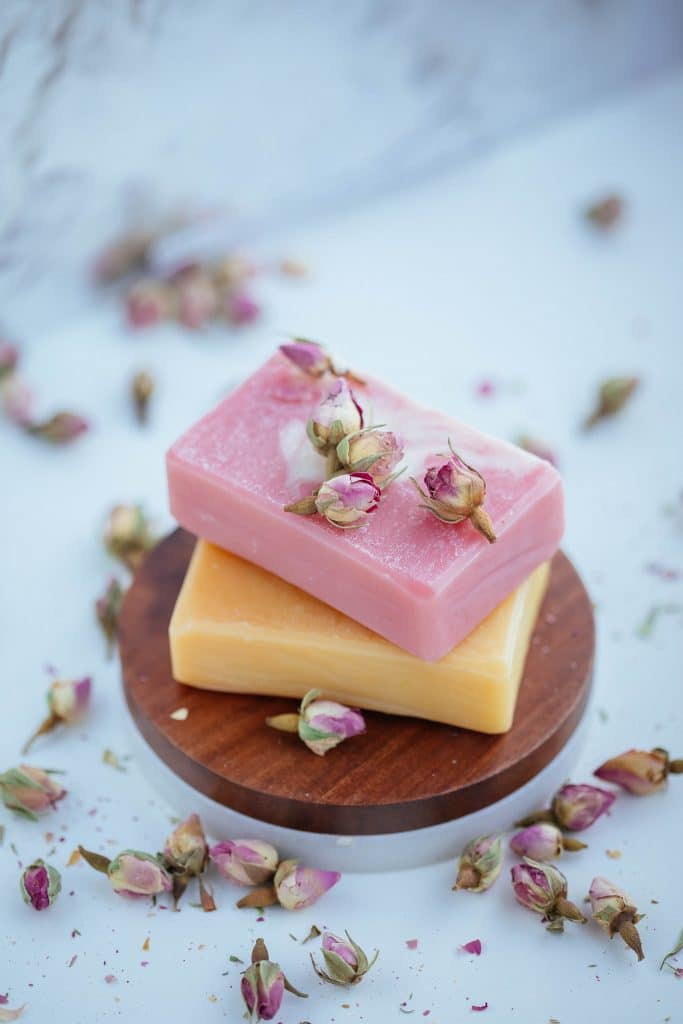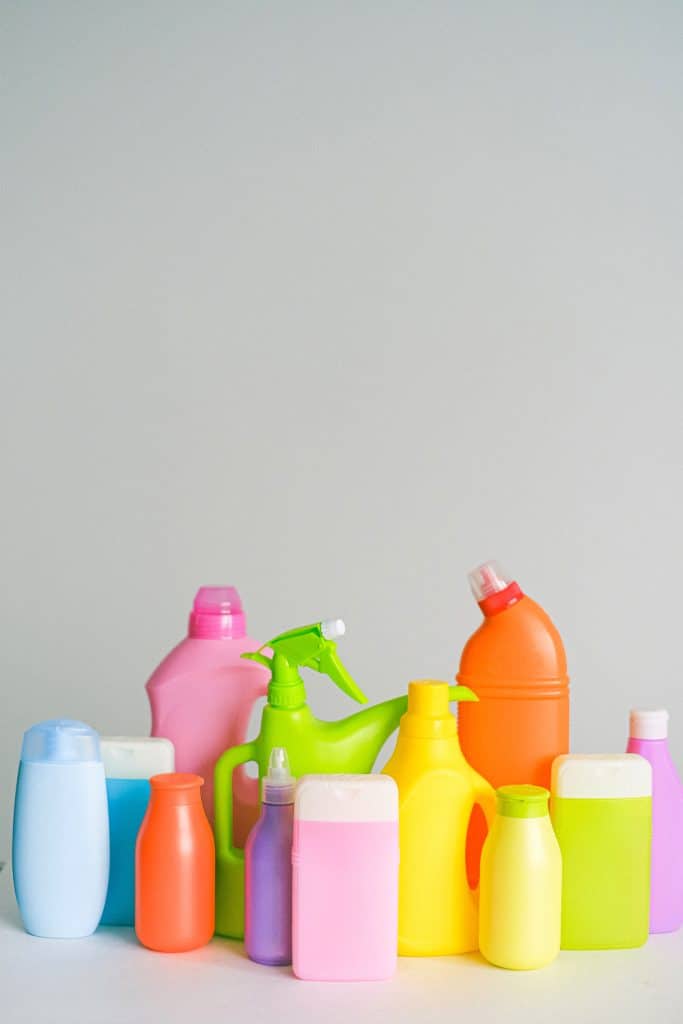Which Household Item Contains Acids?
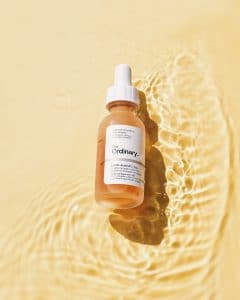
Other acids commonly found in household items are lemon juice and cola, which are acidic compounds. Despite their names, these substances can be safely used as cleaning agents. Other everyday household items that contain acids include dish soap, yogurt, and toothpaste. But how do you identify an item’s acid content? Here are some tips. The most common household items contain both acids and bases. The first one is carbonic acid.
Other household items that contain acids are vinegar, cola, and orange juice. Citrus fruits are rich sources of citric acid, as are most other citrus fruits. The two types of acids are carbonic acid, phosphoric acid, and nitric or hydrochloric acid. In contrast, organic compounds are alkaline. Despite the name, most of these household items are acid-free. Luckily, they are still beneficial for our health.
Another common household item containing acids is vinegar, made from acetic acid. The acid in vinegar is useful as a cleaning agent, and it removes mold and mildew. Soda is an acid, but it is not a good choice for metal. On the other hand, baking soda is a base, and it is used for baking, cooking, and cleaning. Even toothpaste contains sodium carbonate, which is a weak base. It can be an excellent temporary solution for skin burns.
In addition to vinegar, other household items contain acids as well. In addition to vinegar, lemons and oranges are acidic, and apple cider vinegar is a base. These are both useful for cleaning and for keeping our home safe. The acid in a lemon is acetic, while the bottom is tartaric. These acids are a good thing to have around. They can both be harmful to our bodies, but they can also benefit us daily.
Some everyday household items can be acidic or basic. Some foods contain ascorbic acid, Socraticfound in oranges, lemons, and grapefruit. Other things may contain acidic compounds as well. The bases are primarily acids, while the acid is a base. If you’re unsure which household item contains acids, check with the manufacturer. In general, most acidic substances are neutral, but not all.
Some of the most common acids you might encounter in the home are acetic acid and sulfuric acid. You’ll likely find ascorbic acid in distilled water, while sulfuric acid is found in car batteries and some drain cleaners. Some other everyday household items contain acid and base. In this case, you can use an ordinary drain cleaner or vinegar to clean the kitchen or bathroom. You can also use borax as a household insecticide.
Some other household items contain acids. For example, vinegar contains ascorbic acid, while baking soda is made from sodium bicarbonate. Ascorbic acid is also found in many citrus fruits and juices. Sulfuric acid is also found in car batteries and some drain cleaners. It can corrode metal or wood, so be careful with what you use. For the most part, you should use non-toxic products.
Some other everyday household items contain acids. For instance, baking soda contains sodium bicarbonate, a form of calcium. The pH of distilled water is 7.0. It contains ammonia, which is commonly used in cleaning and washing dishes. Other household items containing acid include lye, borax, and slaked lime. While you can find all of these substances in different forms, it’s essentialSocratic to be aware of their potential side effects.
[ See also: Wikipedia. – Acetic acid ]

